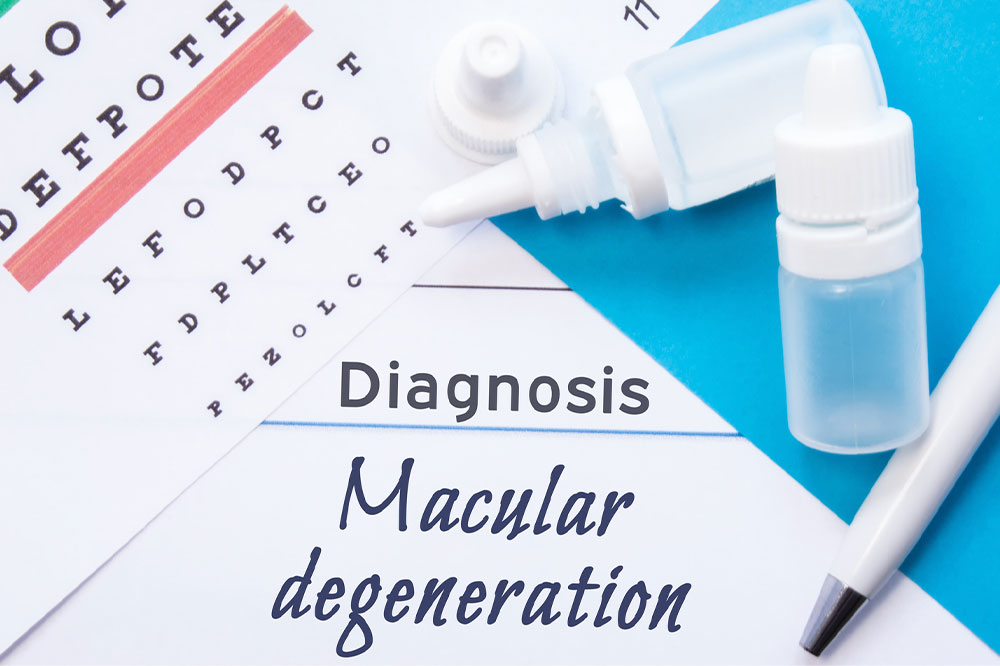
7 things dental insurance does not cover
A health insurance plan helps people save on treatment expenses and avoid financial hardships. However, many health insurance providers exclude dental care from their coverage, making it necessary to buy a separate policy to meet these expenses. But, again, even dental insurance packages do not cover everything, so one must read the terms and conditions before signing up. Here are a few things dental insurance plans usually do not cover.
Cosmetic treatments
Most dental insurance policies do not cover dental treatments that are administered only to enhance a person’s appearance. Examples of such treatments include teeth whitening procedures, veneers, gum contouring operations, and tooth shaping operations. These procedures aim to improve the overall look of the teeth and are not necessary for maintaining one’s health. Dental insurance providers cover the cost of only those treatments that help control symptoms like oral pain or other serious health conditions. Any expenses linked to cosmetic treatments will likely not be covered, so individuals should speak to their provider before signing up for the procedure.
Cost of braces
Orthodontic devices like braces are used to straighten one’s teeth and thus improve appearance or facial expression. Like cosmetic treatments, they are not considered necessary. As a result, most dental insurance plans do not cover the cost of purchasing or fitting orthodontic devices. Only a few policies in the market cover the costs associated with braces. This means policy buyers will have to go out of their way and pay for a special orthodontic rider in order to get coverage when opting for braces to correct their teeth alignment.
Pre-existing dental conditions
Most health insurance providers do not cover individuals with terminal diseases or pre-existing health conditions. This is because such individuals are almost certain to become eligible for insurance payments in the future. Providing coverage to them can reduce the insurance company’s profitability in the long haul. The same applies to dental insurance. Providers are reluctant to provide coverage to individuals already suffering from dental issues like cavities or broken teeth. They may also hesitate to cover the expenses if someone is already undergoing a root canal, tooth extraction procedure, installation of teeth implants, or bridging procedure. Such individuals will have to look for other alternatives to finance their treatment costs.
High-cost dental procedures
Dental insurance usually covers regular dental checkups, minor dental treatments, and small operations involving one’s oral health. Complex procedures like dental implants and surgery to extract tumors are out of the scope of dental insurance policies. To have these expenses covered, one can agree to pay a higher premium (sometimes, even that may not cover all the costs one incurs during the procedure). Another option is to purchase an additional policy that will, in part or whole, cover the cost of complex dental and oral procedures.
Experimental treatments
Certain individuals have dental problems that are rare and somewhat incomprehensible. In such cases, even the most experienced dentists and reputed healthcare experts cannot suggest a path toward recovery. This is because such a path may either not exist or be incredibly complex. Such patients are usually recommended untested or experimental procedures that involve rarely used treatment solutions or equipment. These experimental treatments are not widely accepted in the dental community and so dental insurance policies normally do not cover them. Therefore, if a person is about to undergo an experimental treatment, they need to ask their insurance provider whether it would fall within the scope of their policy.
Out-of-network clinics and hospitals
As expected, dental insurance service providers have an extremely tight group of hospitals and clinics whose oral care services they cover for their policyholders. Any dental procedure that a person undergoes in these clinics and hospitals tends to be covered by the insurance providers (if they also tick all the other boxes mentioned on this list).
Unfortunately, if a local clinic or dentist’s hospital located close to a person’s residence does not fall within the network listed on the website of the insurance provider, the patient will be unable to get any money back for dental treatments undergone in those clinics and hospitals. This is the case even when patients undergo “coverable” procedures like minor dental checkups and operations and routine care services.
Therefore, people should be incredibly careful when purchasing health and dental insurance. One lapse of judgment can lead to losses worth thousands of dollars for individuals who are already aggrieved by their existing dental condition.
Frequent procedures
Many insurance companies cover dental care procedures only if they are performed two to three times a year. Some treatment plans require patients to attend several sittings to sort out their dental health condition. Such procedures may involve taking X-rays every day for weeks or months on end. While many insurance providers may cover a part of or the whole amount of money incurred in such long-lasting treatments, most companies will not do the same. Therefore, one should read the policy details carefully and never decide in haste. If unsure, one can consult the insurance company to find out which procedures are covered and for how many times in a year.




